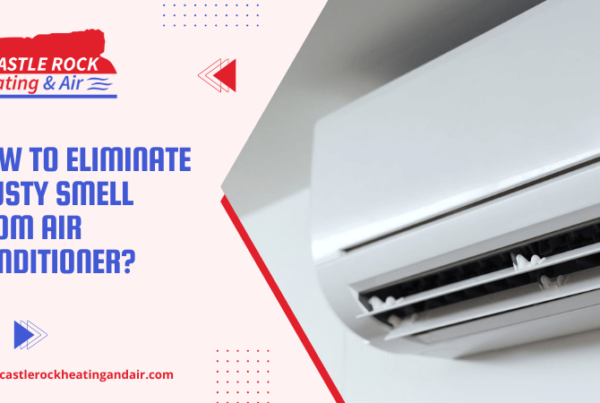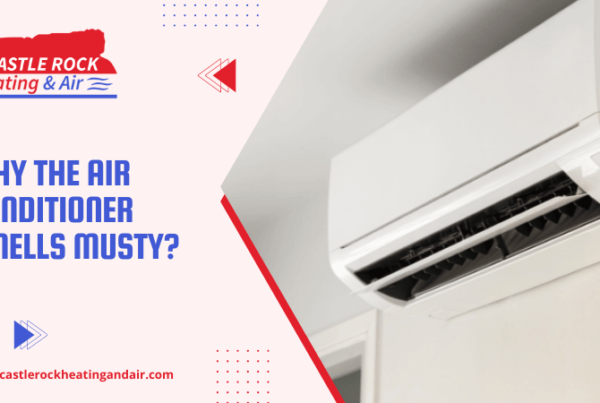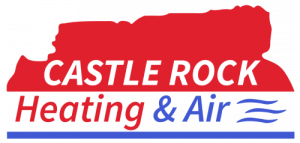
What seems to be available choices if your air conditioner breaks down in the midst of July, during the hottest part of the day? You can simply employ a certified HVAC technician or a firm that specializes in air conditioning service. You might also spare a couple of hundred dollars by repairing your air conditioning system manually if you regard yourselves as competent and possess the necessary materials.
Whenever it pertains to DIY house air conditioner repair, you must have the proper gear, components, and understanding about how to solve maintenance faults, as well as be exceedingly cautious. If some of these items are lacking, you ought to get the air conditioner repaired by a professional and local HVAC contractor.
DIY Air Conditioner Repair Tips At Home
1. AC is Not Working At All
Look for a failed breaker or burnt fuse in the master electrical box as well as any subsidiary circuit boards. If the fault is found therein, restart the breakers via switching it off and on again, or changing the fuse. A separate 240-volt circuit is usually used to attach a central air conditioner.
If the circuit breaker keeps tripping, look for a fault in the circuit, such as in the compressors, capacitors, or fan motors. Call air conditioner repair near you or an HVAC professional to investigate and resolve the issue.
Ascertain that the temperature sensor is adjusted to ‘Cool’ and that the temperature value is set to at least 2 – 3 points underneath the atmospheric room temp.
Ensure that the electricity is turned on. The button on or around the heater or air handling unit cabinetry should be checked. Make sure nobody has turned off the compressor’s 240-volt disconnection, which is usually located nearby the compressor in a metal container.
After shutting off the air conditioner, unscrew the shell of the thermostat. Change the cells after separating the bodywork from the foundation (typically by drawing directly off). Ensure that all wires are properly connected to their connections and also that the covering will not squeeze them.
Reinstall the lid and allow 3 to 4 minutes before attempting to use the system once more.
If it doesn’t work, remove the cable out from the Y terminal by opening the thermostat and unscrewing it. Restart the device. Touch the naked end of the cable to the R terminal and keep it on for roughly two minutes, gripping it just by its covering.
If the compressor starts up as a result of this, the thermostat is broken. Remove it and substitute it with a fresh one. If the compressor does not start when the Y wire is connected to the R terminal, cut the electricity and then alternatively call an AC servicing near you or examine the capacitor as described below.
Next but still not least, inspect the capacitors and coupler on the compressor. The capacitor is frequently the source of the trouble. The capacitor (also known as a run capacitor) is located externally in the large compressor unit. Both the condenser and the fan are turned on. The exterior component will not operate if the running capacitor fails.
2. AC is Running But Doesn’t Cool
If your air conditioner is functioning but not cooling or producing cold air, examine certain nothing else is obstructing or impeding air movement anywhere around the unit, including the air purifiers, registers, and compressors (outdoor unit). The issue is usually filthy air filters, which are filled with dust and dirt and limit circulation. An air conditioning company usually suggests washing these filters twice a year to avoid this issue.
3. AC Does Not Blow Air.
The interior heat exchanger could be dusty or frozen if the air handling unit isn’t blowing air adequately. Decreased airflow may lead the coil to freeze, restricting airflow. This can be induced by filthy filters, an unclean coil, a dusty squirrel cage blowers, or a malfunctioning fan motor.
If the motor on the air handler works however the blowers should not push air, the belt connecting the two is most likely broken. If you possess a few instruments and some do-it-yourself abilities, fixing it is a simple task. However, if you do not seem to spot the actual cause, leave it to an air conditioning contractor.
4. Wate Leakage From AC
Water trickling or collecting at the foot of the air handling unit suggests one of three things: 1) a leakage in a few of the plastic pipelines or tubing carrying it, 2) a blockage in the water is probably flowing, or 3) a malfunctioning condensation pump. It will leak if the pump quits functioning. Air conditioner repair service near you will advise you to be on the lookout for drainage issues regularly.
5. The AC Makes Noise
Screeching or crunching noises coming from the air handler. Despite the fact that almost all air handlers have straightforward motors, certain older models may use belt-driven electric motors. A belt-drive air handling unit makes squealing noises when the belt connects the motors to the blower slides. Most of the time, the belt is misaligned or burnt out and requires to be replaced. Local air conditioning companies can fix this issue easily. This is because they have the expertise and supplies to do so. You might not know how to fix a burnt-out belt in the first place.
Can I fix my air conditioner myself?
You can certainly fix your AC with a few tools and handy tips like these coupled with DIY skills. However, proper care must be taken to not make any errors and make the problem even worse. All electric wires and circuits should be handled with rubber gloves to prevent any case of an electric shock.
You could save effort and expense by maintaining your air conditioner in good working order. If your air conditioning system is in bad shape, it will most likely break down whenever you require it the most.
Castle Rock Heating & Air is here to help if you’d prefer to employ a professional to examine and repair your air conditioning system. Our expert technicians have years of experience to quickly spot the problem and fix it efficiently. We possess the latest tools and techniques and are licensed to repair all sorts of heating and cooling units.





